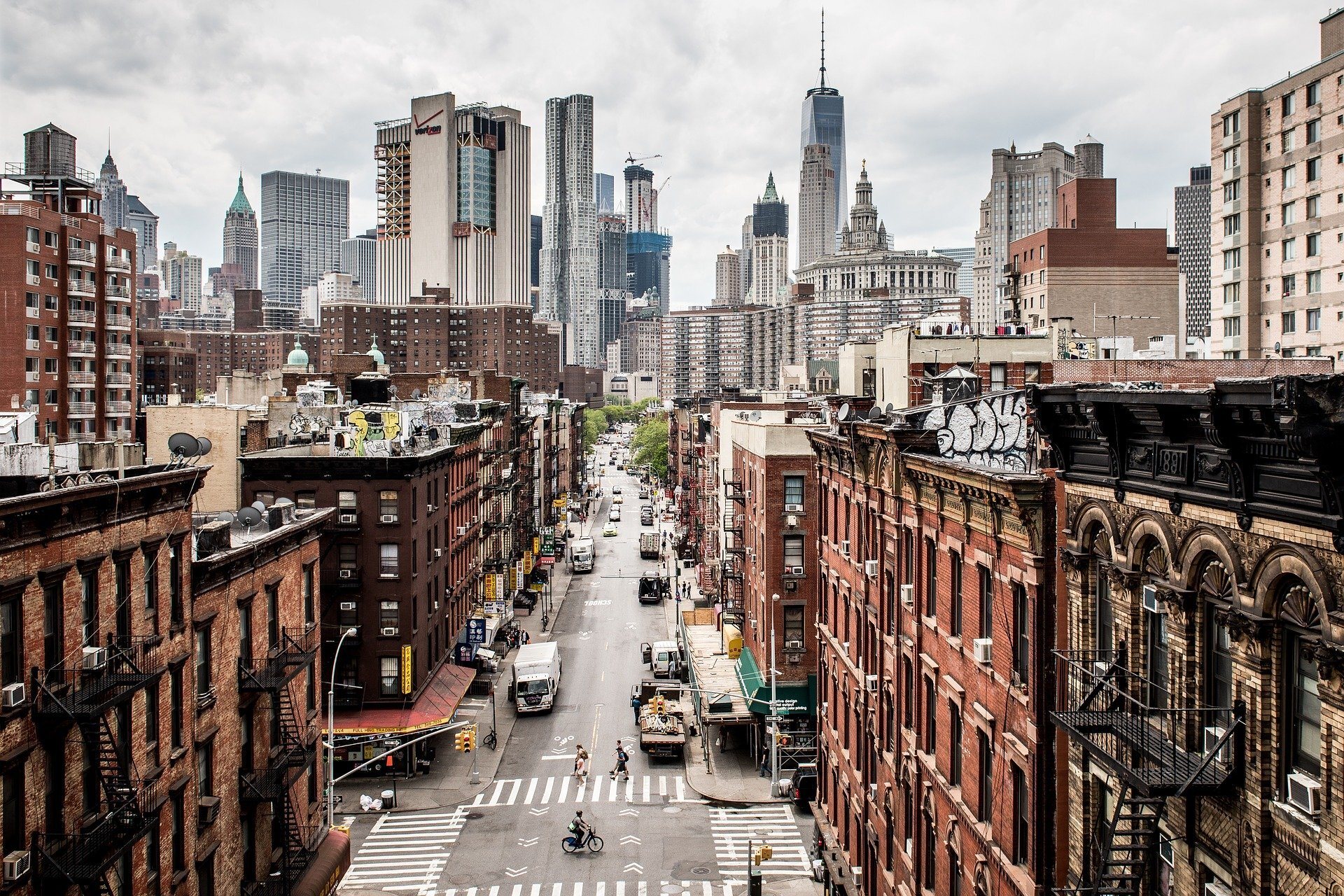By Donitra Clemons
- A $118M portfolio of rent-stabilized New York City apartments sold recently
- 22% of Black people occupy rent stabilized apartments
A large portfolio of rent-stabilized apartments in New York City recently sold for $118 million and could have detrimental implications for renters. Rent stabilized units were put in place to increase affordable housing options and must abide by stringent rules for rent increases, lease renewal, and eviction. This deal comes on the heels of a new bill put in place by New York lawmakers that expands upon pre-existing rent-stabilization laws.
Why This Matters: When housing costs skyrocket, residents of rent-stabilized housing stand to lose more than an apartment, they lose their community. So when ABJ Property unloaded over 400 rent-stabilized units in its sale to Yechiel Newhouse, it sent shockwaves through the streets of NYC. Law changes for rent-stabilization make it more difficult to bump up the monthly rent amount on these types of units to the current market value. Many building owners find the only way to combat the law is to sell the property, or turn their buildings into condominiums.
When ABJ Property unloaded over 400 rent-stabilized units in its sale to Yechiel Newhouse, it sent shockwaves through the streets of NYC
The problem is deeper than just a higher rent price as Rebecca Diamond, Associate Professor of Economics at Stanford University, puts it they lose “neighborhood-specific capital, such as a network of friends and family, proximity to a job, or children enrolled in local schools.” People of color occupy the most rent stabilized apartments as a whole with Hispanics at 32% and Blacks and Asians following at 22% and 9% respectively. However, it’s important to note that in NYC more rent stabilized apartments are occupied by white families than any other single racial group at 33%.
Situational Awareness: The added burden for predominately Black communities like Central and West Harlem, already sensitive to hyper-gentrification and displacement is that they are also especially susceptible to housing loan discrimination. As Michela Zonta, a senior policy analyst at the Center for American Progress, said to the Wall Street Journal “We can see that discrimination is still there, although it has changed its form.” Zonta sites a need to double down on enforcement of the Fair Housing Act.
CBx Vibe: “Brick Body Complex” Open Mike Eagle









